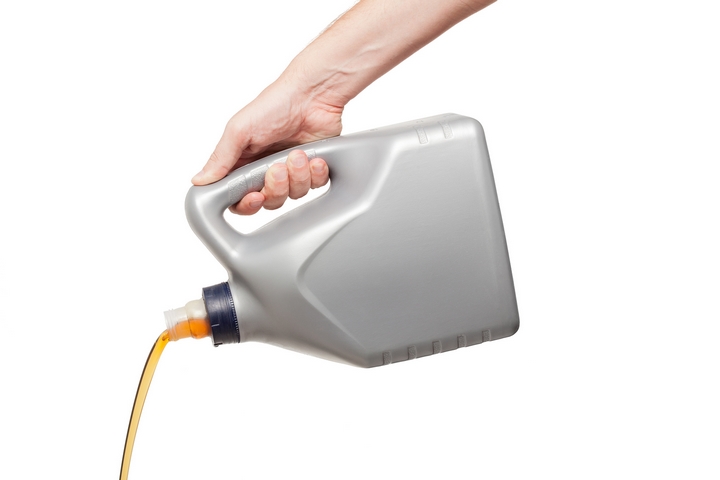
Liquid waste is becoming one of the most problematic environmental concerns today. It is impacting our sewage systems, it is affecting the quality of our water, and it is creating a long-term headache for municipalities all over the world.
Both industry and residential are producing an unfathomable amount of liquid waste. Cooking oil, grease, household wastewater, fats, and the business we do in washrooms. There are other types of liquid waste that do require proper disposal, but the aforementioned account for a significant portion of what is produced.
So, what can we do about it? Businesses and households can incorporate eco-friendly liquid waste disposal functions into their daily lives and operations.
From human waste management to a change in how we handle the stuff emanating out of our homes, there is so much we can do. We won’t lie: it takes dedication. But you can do it!
Here are five best practices for managing liquid waste disposal:
1. A Septic Tank Can Help

Before you we go further, it must be noted that constructing a septic tank requires the assistance of professionals. To ensure it performs its duties effectively, it is better to have skilled men putting it together rather than yourself.
With that out of the way, septic tanks are quite common for water carriage sanitation. Once your liquid waste reaches the septic tank, it is stored for a bit for partial treatment.
There are numerous benefits to a septic tank: it achieves your desire to correctly dispose of liquid waste, it does not produce odour, and limit harmful bacteria. You just need to remember to remove it periodically, which can be done professionally as well.
2. Pour Grease or Oil into Special Containers

Many of us fail to correctly dispose of our fats, grease, and oils. We generally pour it down the sink. This is the wrong thing to do. Instead, you should pour it into special containers that are marked for specific liquid waste elements.
3. Using a Green Bin for Food Scraps

It is convenient to utilize a kitchen sink disposal for our food garbage. Old carrots, leftover mashed potatoes, or the core of apples, we tend to turn on the garbage disposal and move on.
It is time to change this behaviour.
An environmentally-friendly measure to employ is a green bin for all of your food scraps. This will limit all of your waste, liquid or otherwise.
4. Refrain from Dropping Liquid Waste Down Sinks

In addition to avoiding placing your food scraps down the kitchen sink, it is also recommended to refrain from pouring liquid waste down the drain. This will negatively affect your plumbing, impact sewage systems, and hurt the overall municipality.
You need to avoid doing this. All of your liquid waste should be correctly disposed of.
5. Minimize Your Liquid Waste

In the end, one of the best practices is to simply minimize your liquid waste. Indeed, this may be easier said than done. However, if you’re dedicated enough, you can find ways to limit how much liquid waste you create on a day-to-day basis.
Here are some tips to consider:
- Cook less with oil, grease, and fats.
- Unless it’s an emergency, wait to go to the bathroom.
- Wipe the grease on your pots and pans with paper towels.
These three rudimentary changes can do wonders for your home, wastewater systems, and even the environment in the long run.
There is no doubt that liquid waste disposal is becoming an increasingly dire situation for regions around the world. Unless we do something now, it could produce unwanted consequences. You can do your part, whether you’re a business or a household, by adopting some of these suggestions. Before you know it, they’ll become routine and you won’t even notice these modifications.